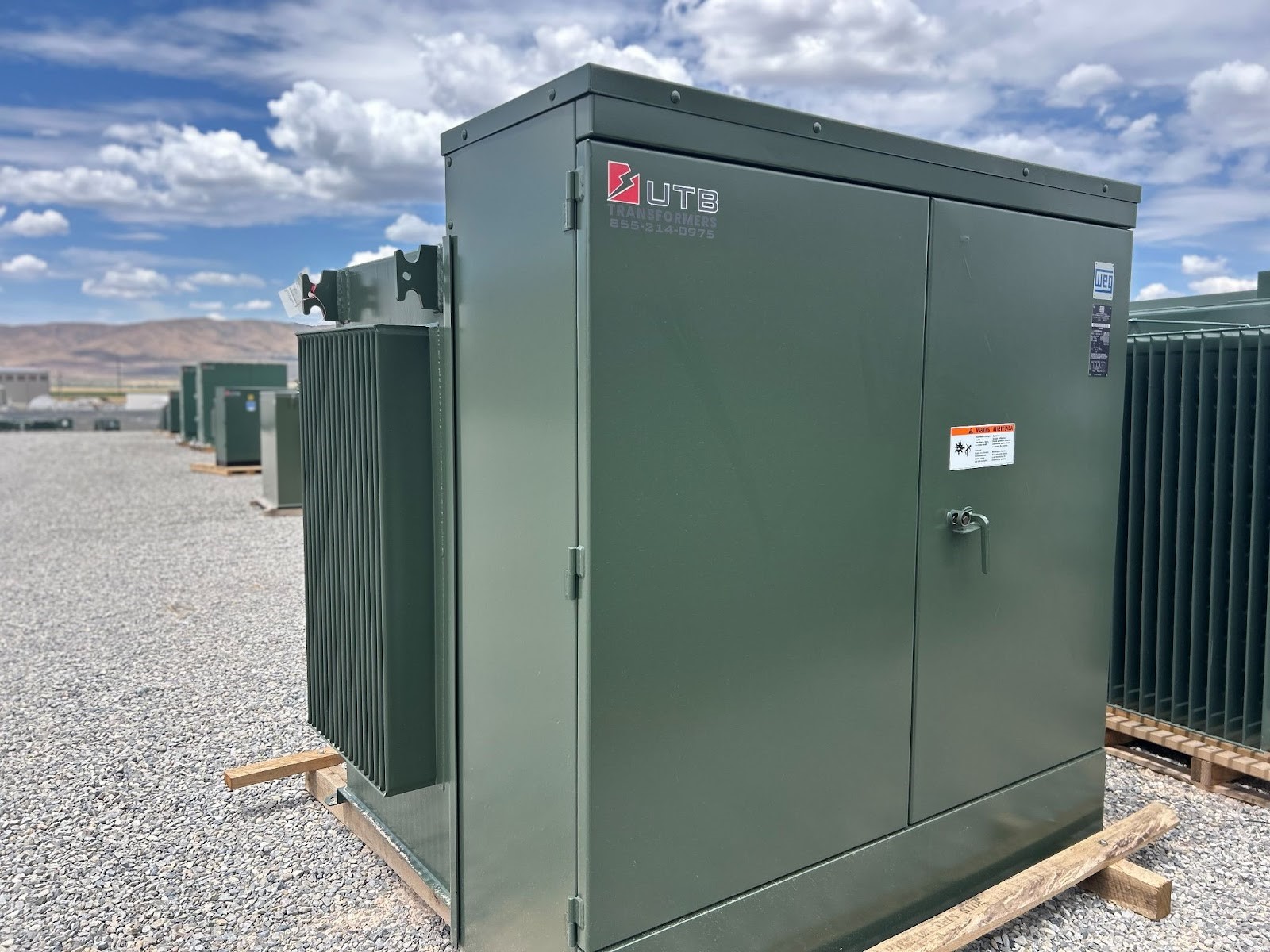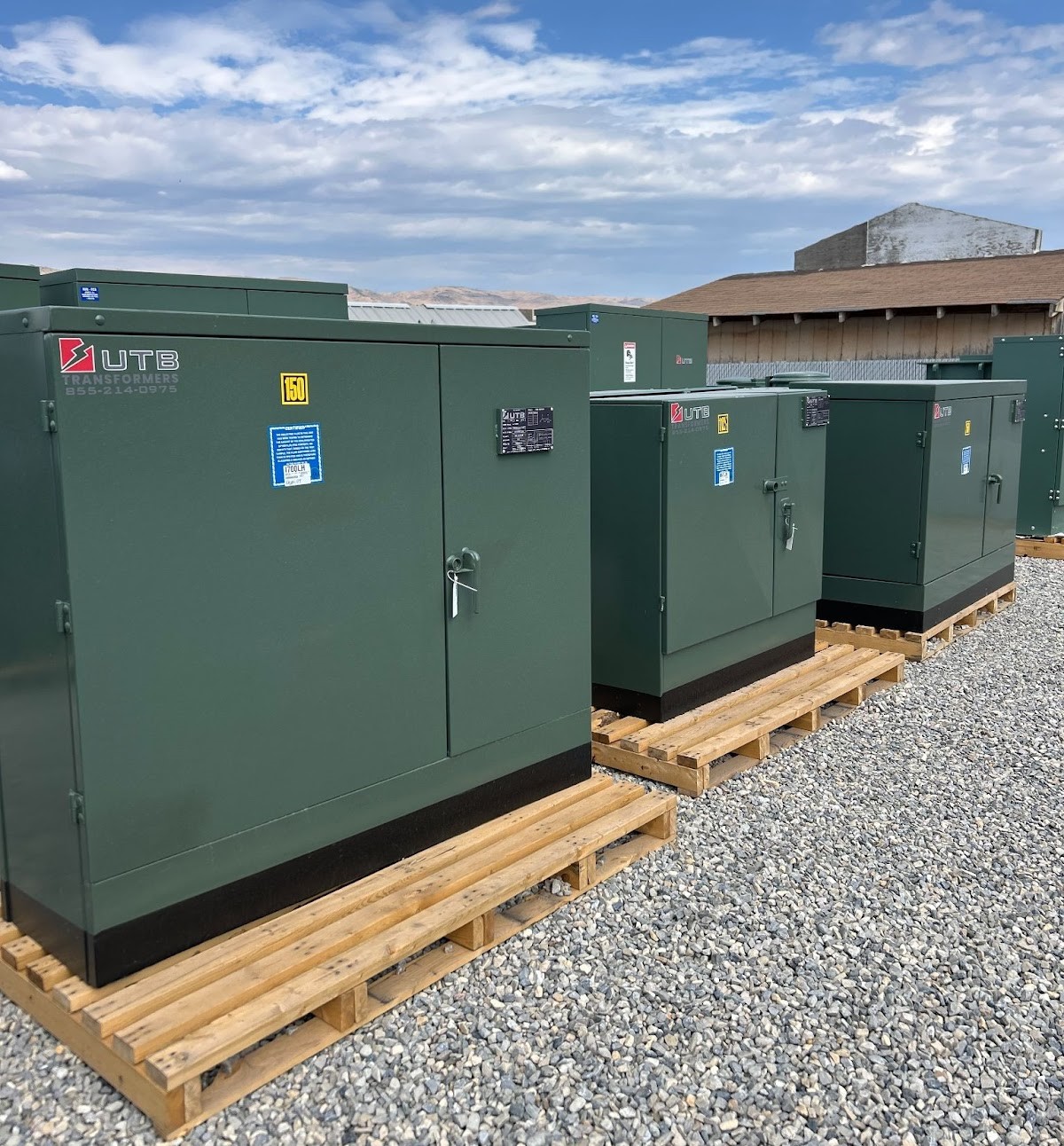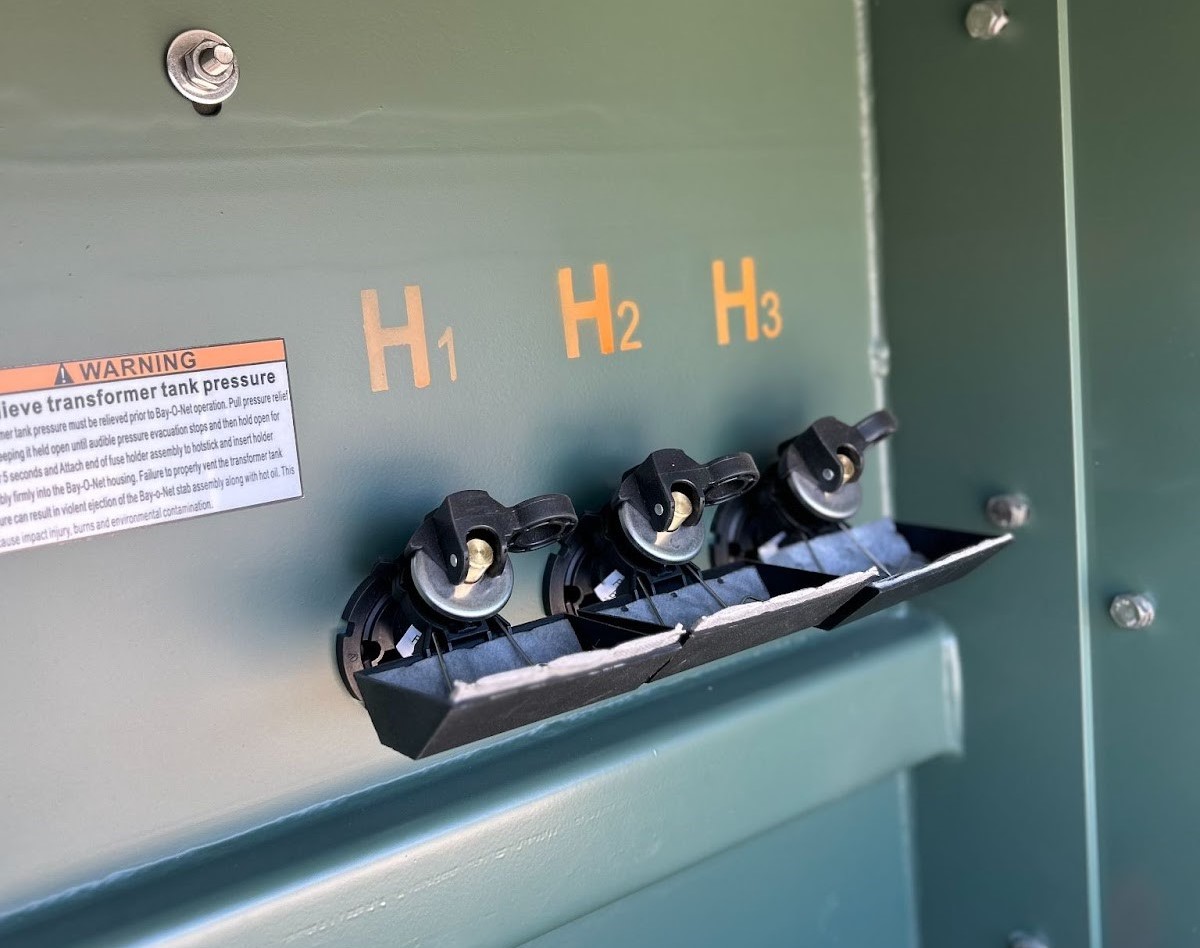Proactive maintenance will help keep your distribution transformers reliable, efficient, and functioning well over time. By identifying and addressing potential issues before they become serious, you’ll extend the lifespan of your equipment and prevent unexpected breakdowns.
This approach minimizes downtime and helps avoid costly repairs and replacements. In this blog, we’ll discuss the importance of proactive maintenance for transformers and how it can help ensure your power distribution system runs smoothly and efficiently for years to come.
Routine maintenance and inspection
Oil testing
Regularly testing distribution transformer oil helps detect moisture, acidity, and dissolved gases, which all indicate that problems are starting. Consistent oil analysis allows you to schedule maintenance proactively instead of reacting to failures. It also provides insights into internal arcing, overheating, and insulation condition, helping predict transformer health.
Temperature monitoring
High temperatures accelerate insulation degradation. Monitoring and managing operating temperatures extends the life of your distribution transformer. Preventing prolonged exposure to excessive heat keeps internal components functioning optimally.
Visual inspections
To catch issues early, routinely inspect for oil leaks, corrosion, damaged components, and signs of unusual operation. Identifying wear and tear through visual inspection is one of the simplest and most effective steps in maintenance. Pay special attention to seals, gaskets, and structural integrity, especially after severe weather events.
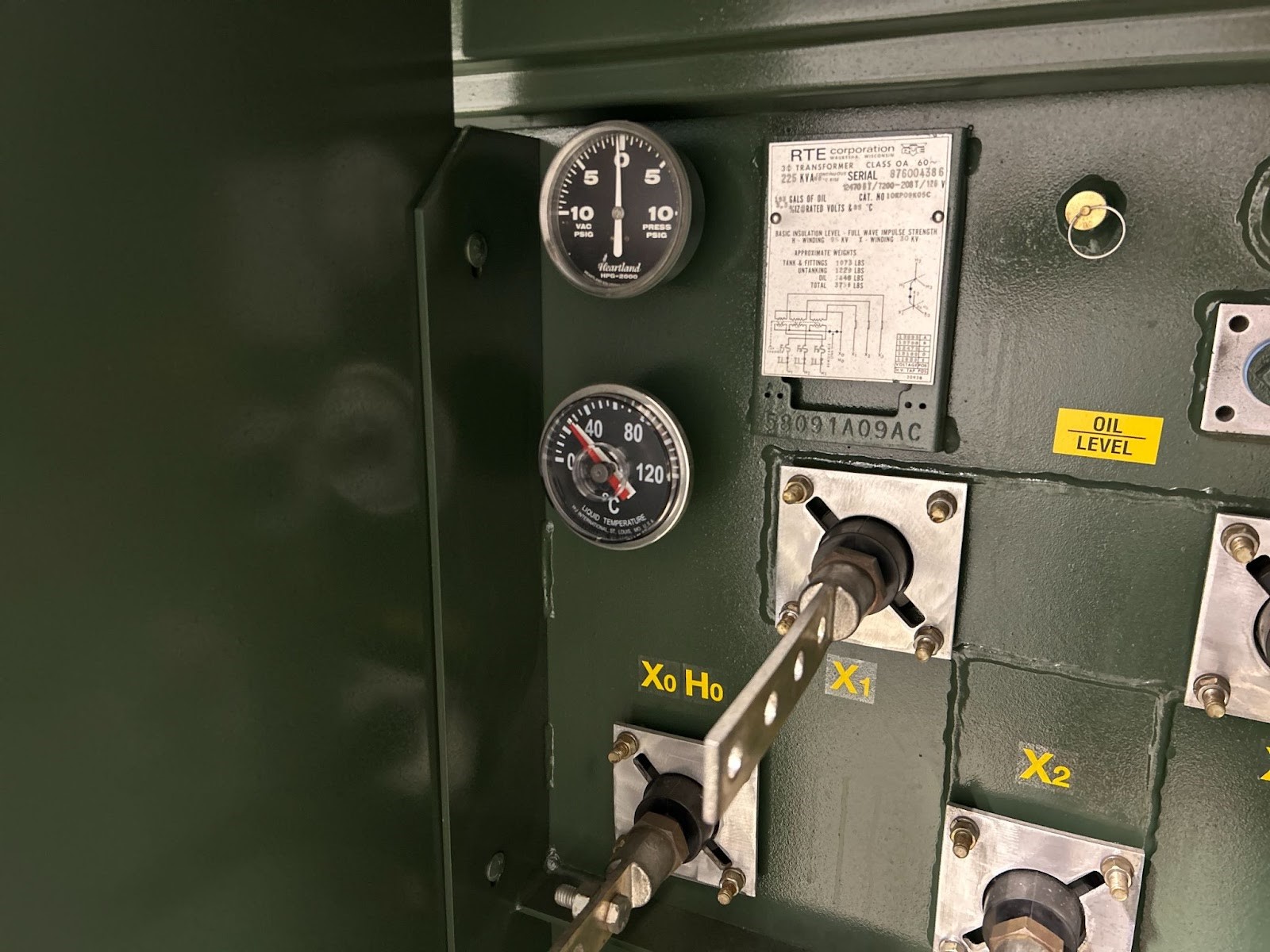
Operate under optimal conditions
Avoid overloading
Stay within the distribution transformer’s rated capacity to reduce the risk of overheating and early failure. Overloading stresses insulation systems, windings, and other internal parts, reducing transformer efficiency.
It can also trigger protective relays and lead to unnecessary shutdowns or outages. Long-term overloading considerably shortens the transformer’s service life.
Monitor load levels
Track and balance load distribution to prevent excessive strain on a single distribution transformer. Load imbalances can result in uneven heating and mechanical stress on windings. Use load tap changers or voltage regulators to better manage fluctuating loads.
Control environmental factors
Humidity, ambient temperature, and exposure to contaminants can affect a transformer’s performance. Installing distribution transformers in well-ventilated or sheltered areas can help mitigate environmental risks.
In coastal or industrial zones, salt and corrosive particles should be managed with coatings or protective housings. Regularly cleaning external surfaces prevents buildup that could lead to insulation failure.
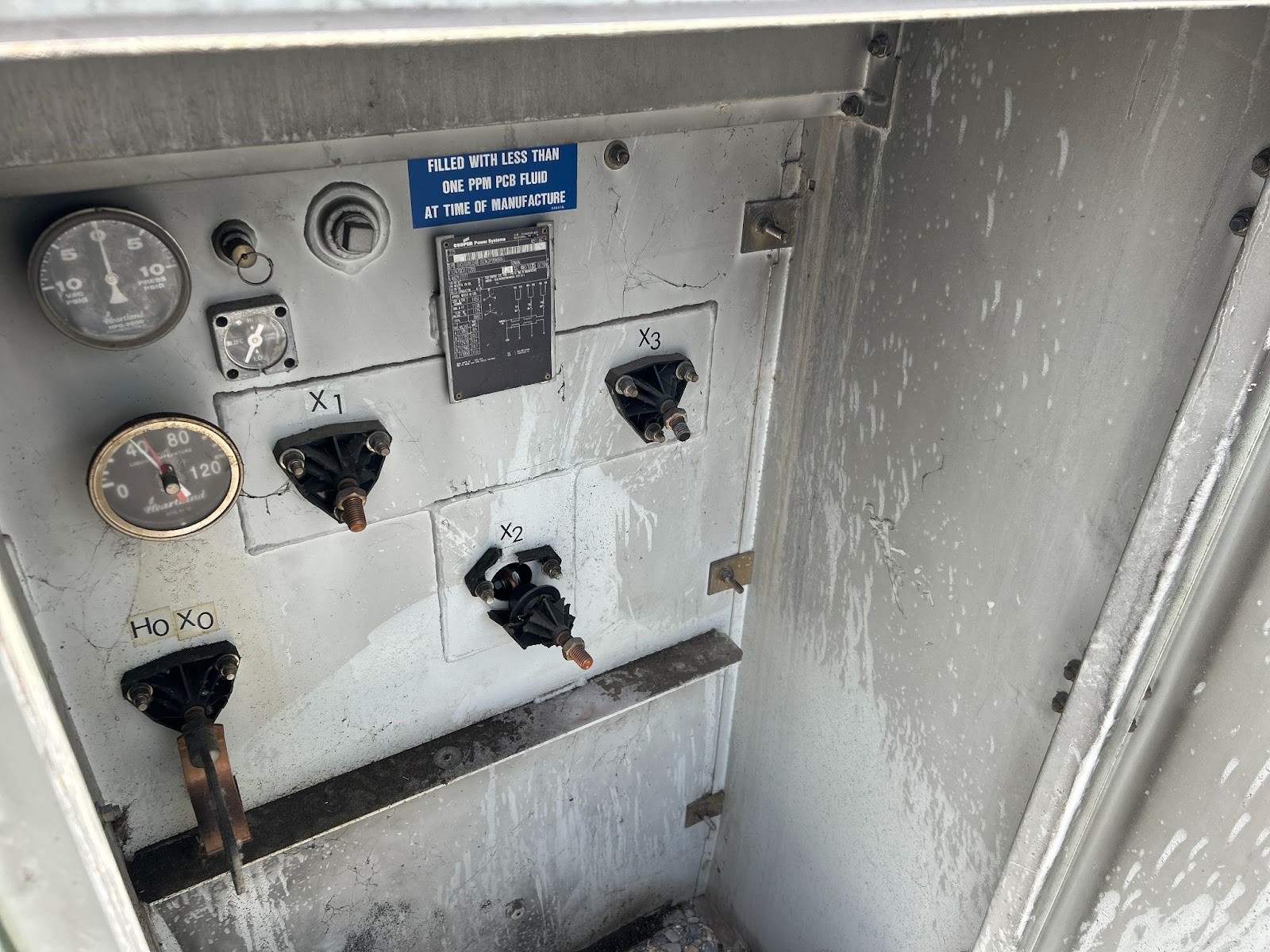
Replace components when needed
Replacing components
Replacing worn or outdated components — such as bushings, tap changers, and gaskets — can significantly improve performance and reliability.
Address issues promptly
Fix leaks immediately
Oil leaks reduce cooling efficiency and increase the risk of contamination. Prompt repairs ensure optimal insulation and performance.
Leaks may also pose environmental hazards and safety violations if left unresolved. Regularly checking seals, gaskets, and joints can prevent these problems from developing.
Replace damaged parts
Using high-quality replacement parts helps maintain safe operation and prevents further damage to the transformer system. Damaged parts, if neglected, can create cascading failures within the unit.
Always source parts from reputable manufacturers to ensure compatibility and reliability. Keeping critical spares on hand reduces repair times and downtime during emergencies.
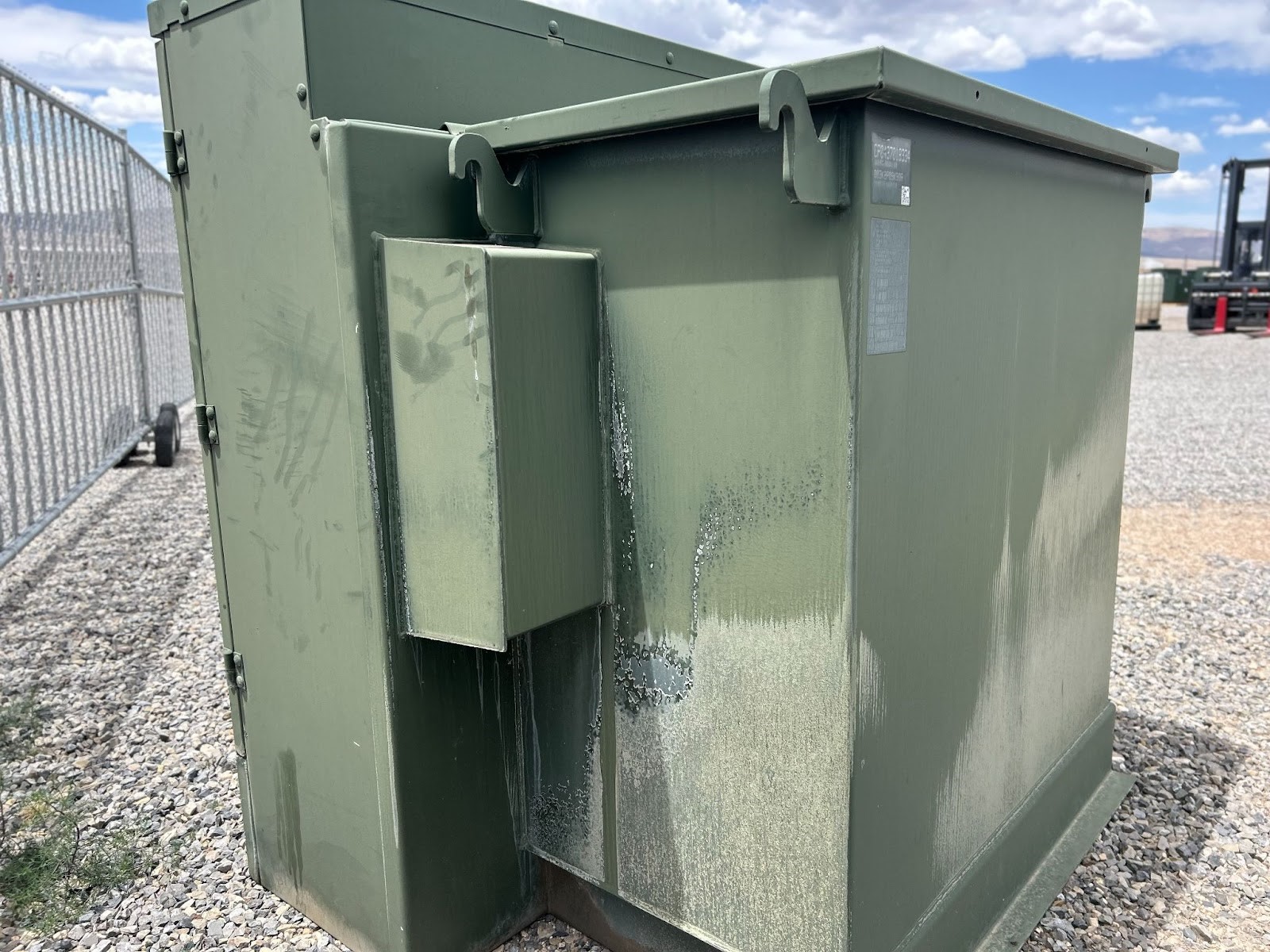
Reconditioning benefits
Paint restoration
Paint acts as a great protective coating and shields the distribution transformer from harsh weather conditions. It also prevents corrosion and rust. Specialized industrial-grade paints are formulated with additives to enhance resistance to UV radiation.
Properly applied paint — especially lighter colors — can help radiate heat away from the transformer, allowing for cooler operation and potentially reducing the risk of overheating.
Replacing oil
Oil acts as a dielectric medium, preventing electrical discharges between the distribution transformer’s internal components, such as windings and cores. Fresh oil has a higher dielectric strength, which helps maintain the distribution transformer’s insulation integrity.
Another benefit new oil adds is cooling efficiency. The oil absorbs the heat generated by the distribution transformer, ensuring it operates within safe temperature limits. Degraded oil loses its ability to dissipate heat efficiently, leading to potential damage to insulation and other components.
Oil protects distribution transformers from moisture and oxidation. Moisture can accelerate insulation degradation and reduce dielectric strength. Oxidation leads to the formation of acidic byproducts and sludge, which can settle on windings and lessen heat dissipation.
New seals
Seals are very important; they protect the distribution transformer against leaks and contamination. They help contain the oil, which is crucial for cooling and keeping the distribution transformer at optimal oil levels. This prevents the transformer from overheating and catastrophic failure while also protecting the oil from moisture, dust, and other pollutants.
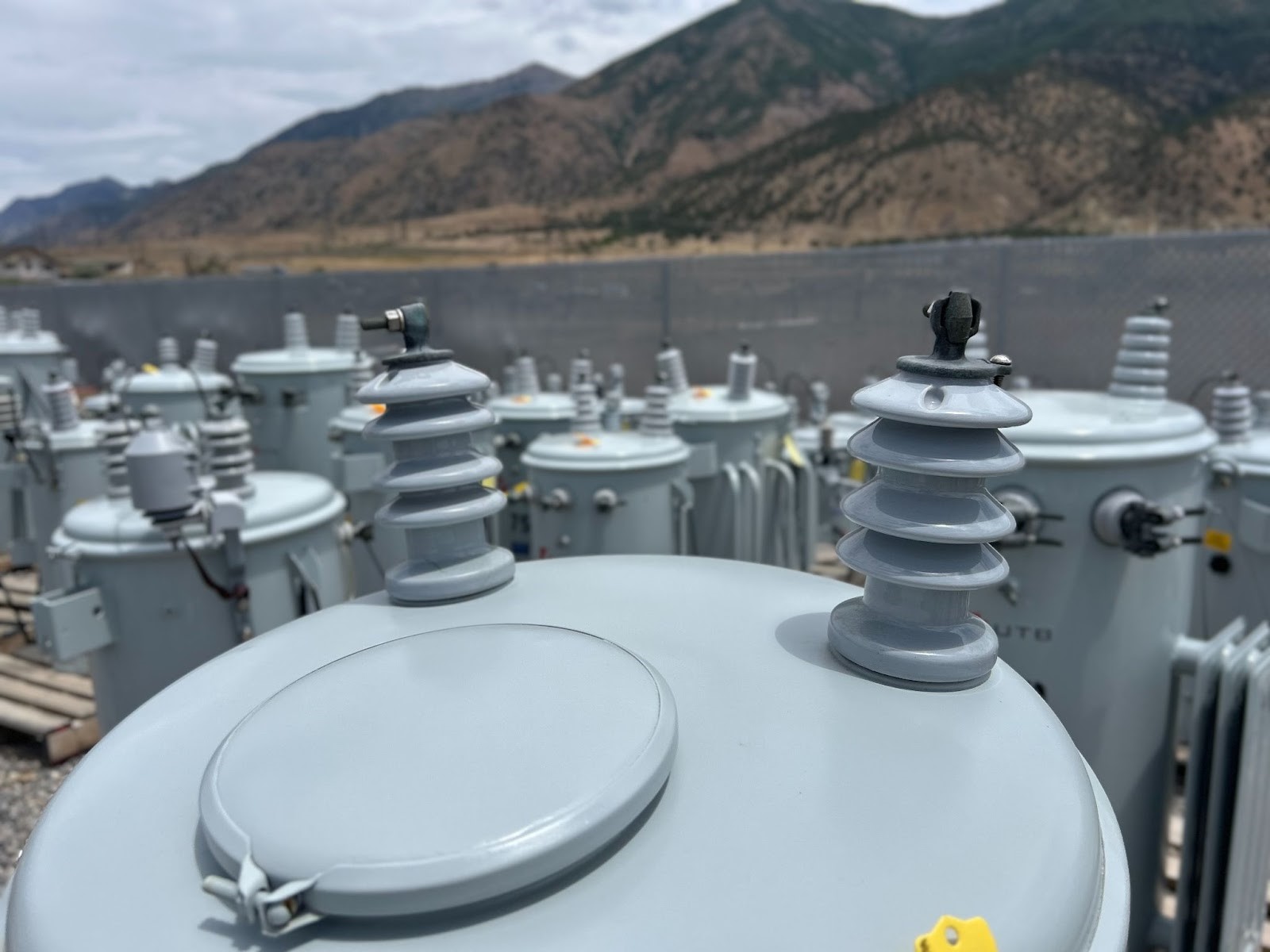
Need transformer servicing or replacement? Call UTB Transformers
Do your distribution transformers have leaks, damaged bushings, degraded oil, or need reconditioning? UTB Transformers is here to help restore or replace your units with speed and expertise.
We offer body and structural repairs, oil replacement, the installation of new seals, bushings, gauges, and more. Our team responds quickly to minimize disruption and keep your power systems running smoothly.
Let us help you find the long-lasting distribution transformer solution that best fits your needs.
Contact UTB Transformers today to keep your grid efficient and reliable.

